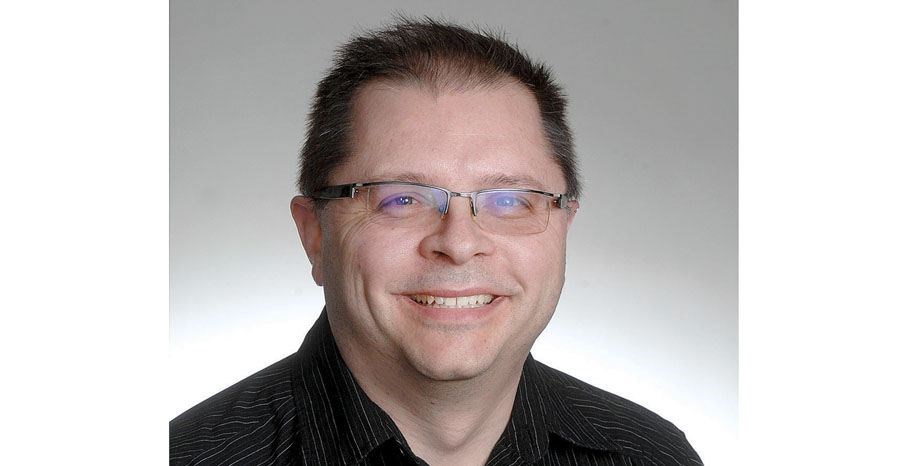In the age of inclusiveness and accommodation, reconciliation and identity politics, the world is being carved up into distinct spaces. There are women's centres, transgender bathrooms, First Nations studies and, as of this week, a New Brunswick cabinet minister responsible for "Celtic affairs."
Even as science continue to tear down the walls, people build new dividers every day. From a biological standpoint, race, sexuality and even gender, to a degree, are nothing more than cultural constructs. A white, straight male is only separated from a black, gay female by superficial labels.
Put another way, a chihuahua is as 98 per cent genetically identical to a wolf as a German shepherd is.
The purebred label for dogs or horses is an artificial one created by their owners and solidified by history and tradition to form a hierarchy in those species. The same goes for race. There is no purebred white or black or aboriginal. Harry Potter's friend Hermione Granger is no less a wizard than Draco Malfoy, even though her parents are muggles and his family claims to be pure-blood.
These artificial distinctions are so powerful that people are blind to the frames and lenses of the glasses they're looking through, never mind the possibilities outside of their immediate vision. The Nobel Prize winning scientist Daniel Kahneman describes this outlook as "what you see is all there is."
Worse, the current default in Canadian society has become to continuously develop more new distinctions, all in the name of progress, regardless of whether they make sense or are good for society. To oppose new distinctions, especially once they've received legitimacy, is to fight the tide of history, to reject modernity.
This perspective has percolated deep into the country's social and cultural identity.
Differences are everywhere and all things distinct must be treated distinctly.
Even bicycles.
To hear many Prince George cyclists, they and their bicycles have a right to the road, to their fair share. That's the same language other interest groups use to make their case for accommodation and inclusion. That's led to the creation of distinct bike lines and the notion that only bicycles should be allowed into these spaces. Cars and the lazy dullards who drive them are unsophisticated bullies holding back the progress of earnest cyclists striving to make communities better.
In parts of Kelowna, this has reached new extremes. Along Abbott Street near Okanagan Lake, for example, there is a road for two lanes for traffic, a two-lane bike path and a pedestrian walkway (kids, we used to call them sidewalks), all separated from each other by strips of well-maintained grass, dotted with manicured trees and stylish lamp posts.
This is a ritzy part of town, of course, where a 7,689-square-foot home on 0.88 of an acre along the lakeshore can be yours for just
$4.4 million.
Yet just down the street from this spacious shack, Beach Avenue provides citizen access to the waterfront.
The homeowners in this historic area do not have exclusive use of the beach. The sandy space between their backyard and Okanagan Lake is public.
In other words, it's shared space.
Sadly, the concept of sharing space is increasingly dated. Only soccer can be played on soccer fields, only baseball can be played on baseball fields and only cyclists can use the bike lanes.
Once upon a time, cyclists rode on the street and if the road was too busy or there were vehicles parked against the curb, they rode on the sidewalk and pedestrians made way for them.
The space was shared.
Before there is an outcry from skateboarders and scooter users for their own lane, before city council forms a municipal committee of cyclist and pedestrian affairs, before more dividers are erected to separate people from each other, it's time to stop.
Rebooting the timeless ideal of sharing space would bring people together, increase the sense of community and encourage residents to notice more of what they have in common with one another and less of what they don't.
A driver, a cyclist and a pedestrian are all just trying to get from one place to another safely.
So why can't we do it together in a space we can all share?
-- Managing editor Neil Godbout



